Paul Scheurich (1883-1945): Très rare statuette en bronze figurant 'Bruder Lutz', personnage issu du poème épique Die Wasserkufe de C.M. Wieland, circa 1919 Paul Scheurich (1883-1945): An extremely rare Bronze figure of 'Bruder Lutz' from C.M. Wieland's epic poem Die Wasserkufe, circa 1919On a flat circular base mounted on a black circular pedestal, inscribed foundry mark 'H. NOACK' on the side of the base, 48cm highFootnotesExhibited: Meissen, Museum der Meissen Porzellan-Stiftung, Paul Scheurich Porzellangestalter Zeichner Grafiker, 6 March 2020-21 February 2021 This unique figure is based on the poem 'Die Wasserkufe oder der Einsiedler und die Seneschallin' by the German poet and writer Christian Martin Wieland (1733 – 1813). He is best-remembered for having written the first 'Bildungsroman', a genre of German literature focussed on psychological and moral growth, in which character change is pivotal to the story. His thought was representative of the cosmopolitanism of the German Enlightenment, exemplified in his remark: 'Only a true cosmopolitan can be a good citizen.' 'Die Wasserkufe' tells an entertaining, "Decameronesque" story. Even those who are not familiar with Wieland's work and the figure of the hermit Lutz, will notice the artist's expressiveness, but knowledge of the background to the story makes the enjoyment even greater. The naked hermit stands at his most vulnerable, gaunt and sinewy, his ribs, shoulder blades and vertebrae standing out, his skin hangs limply on the pinched buttocks. He holds his bony left hand shamefacedly in front of his private parts, which play such nasty tricks on him, he has his right hand half in defence, half raised in blessing. Wieland describes these hands of the hermit as 'Tatzen' or 'paws'. Scheurich did not overlook this detail and designed them broadly with short fingers bent with age. Scheurich showed the bronze at the Berlin Secession exhibition in 1919/1920. It was probably only cast in a few copies. The largely lost archive of the Noack bronze foundry does not report on it and the mould has been lost. No other example of this group is known today.
Paul Scheurich (1883-1945): Très rare statuette en bronze figurant 'Bruder Lutz', personnage issu du poème épique Die Wasserkufe de C.M. Wieland, circa 1919 Paul Scheurich (1883-1945): An extremely rare Bronze figure of 'Bruder Lutz' from C.M. Wieland's epic poem Die Wasserkufe, circa 1919On a flat circular base mounted on a black circular pedestal, inscribed foundry mark 'H. NOACK' on the side of the base, 48cm highFootnotesExhibited: Meissen, Museum der Meissen Porzellan-Stiftung, Paul Scheurich Porzellangestalter Zeichner Grafiker, 6 March 2020-21 February 2021 This unique figure is based on the poem 'Die Wasserkufe oder der Einsiedler und die Seneschallin' by the German poet and writer Christian Martin Wieland (1733 – 1813). He is best-remembered for having written the first 'Bildungsroman', a genre of German literature focussed on psychological and moral growth, in which character change is pivotal to the story. His thought was representative of the cosmopolitanism of the German Enlightenment, exemplified in his remark: 'Only a true cosmopolitan can be a good citizen.' 'Die Wasserkufe' tells an entertaining, "Decameronesque" story. Even those who are not familiar with Wieland's work and the figure of the hermit Lutz, will notice the artist's expressiveness, but knowledge of the background to the story makes the enjoyment even greater. The naked hermit stands at his most vulnerable, gaunt and sinewy, his ribs, shoulder blades and vertebrae standing out, his skin hangs limply on the pinched buttocks. He holds his bony left hand shamefacedly in front of his private parts, which play such nasty tricks on him, he has his right hand half in defence, half raised in blessing. Wieland describes these hands of the hermit as 'Tatzen' or 'paws'. Scheurich did not overlook this detail and designed them broadly with short fingers bent with age. Scheurich showed the bronze at the Berlin Secession exhibition in 1919/1920. It was probably only cast in a few copies. The largely lost archive of the Noack bronze foundry does not report on it and the mould has been lost. No other example of this group is known today.
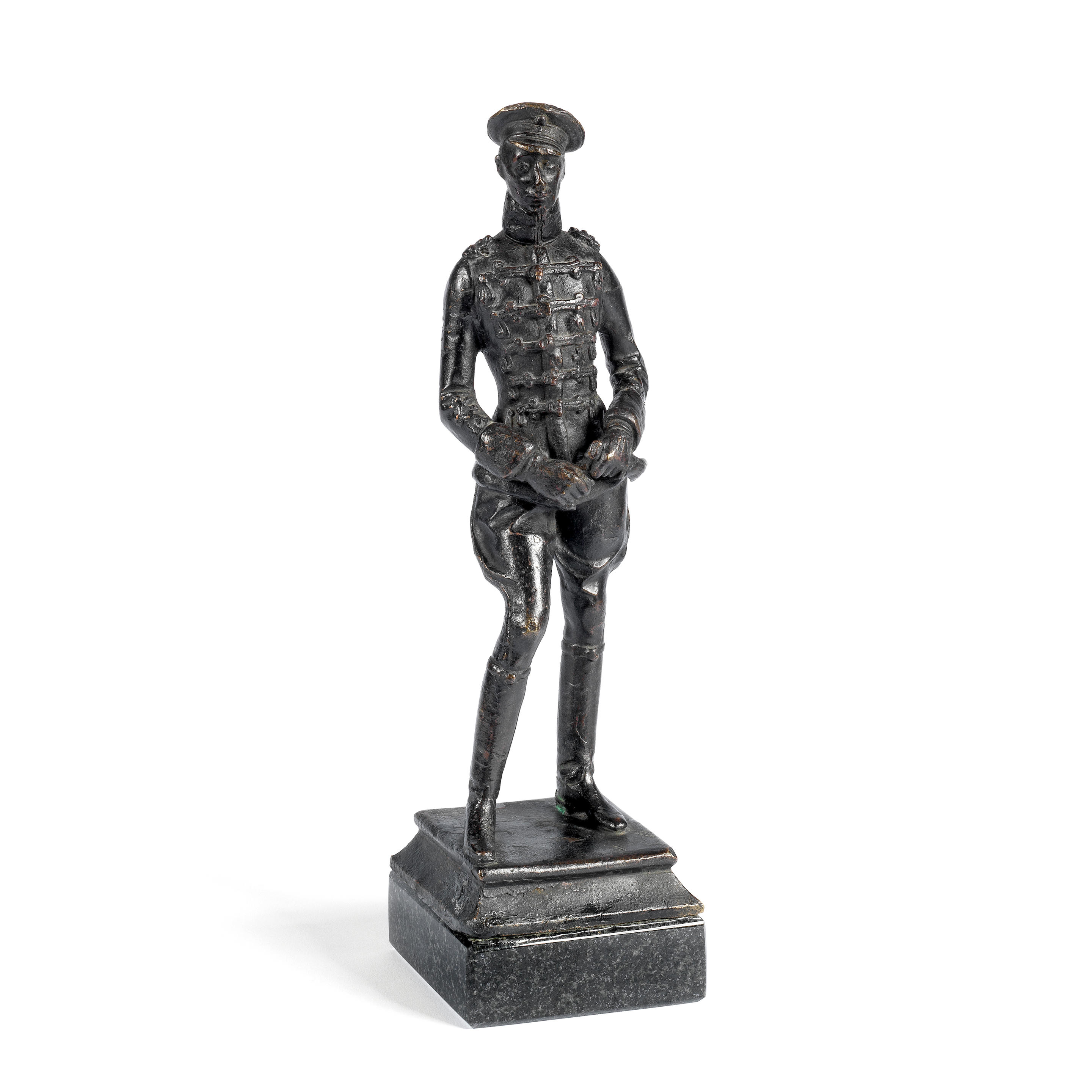



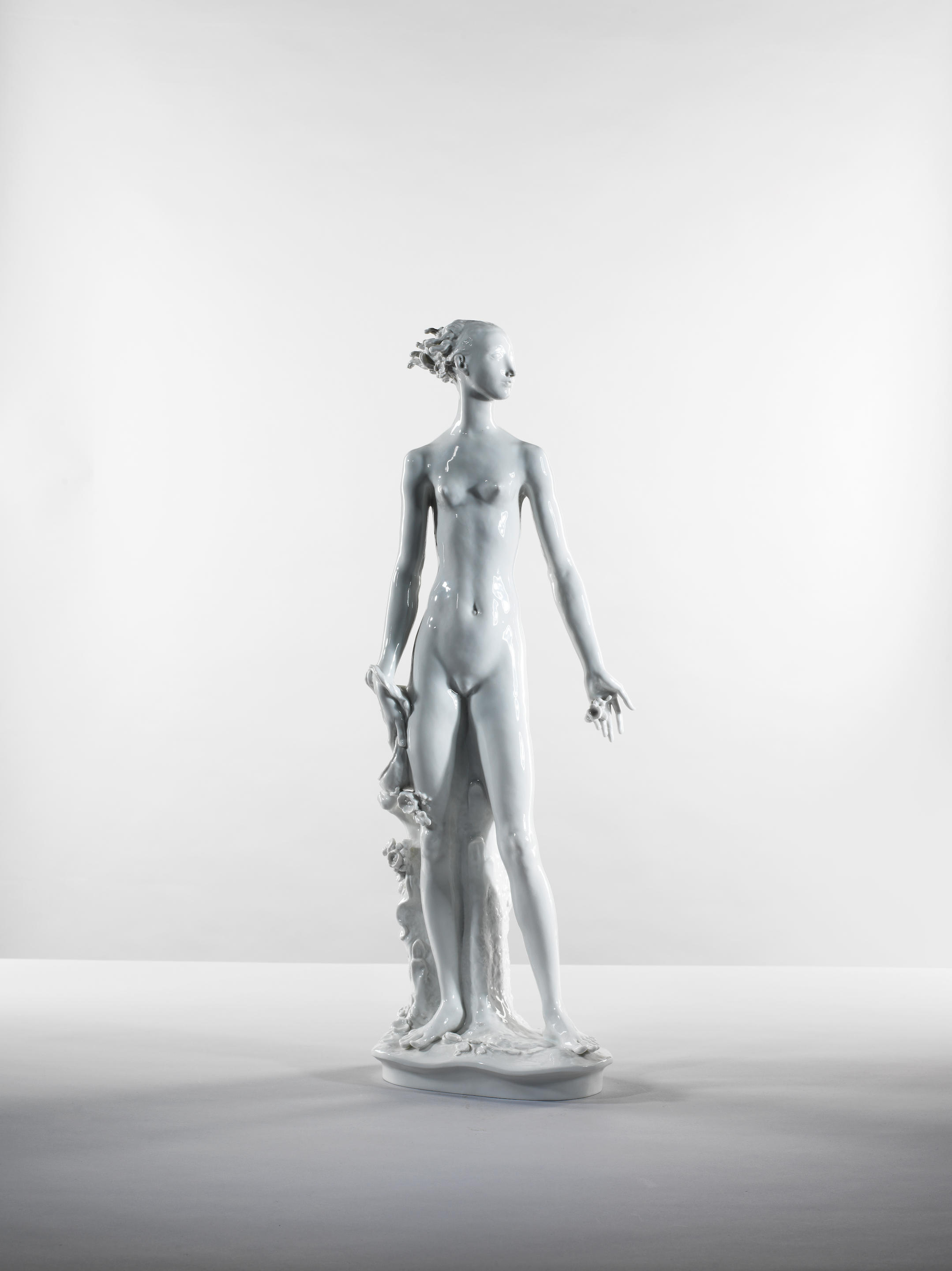

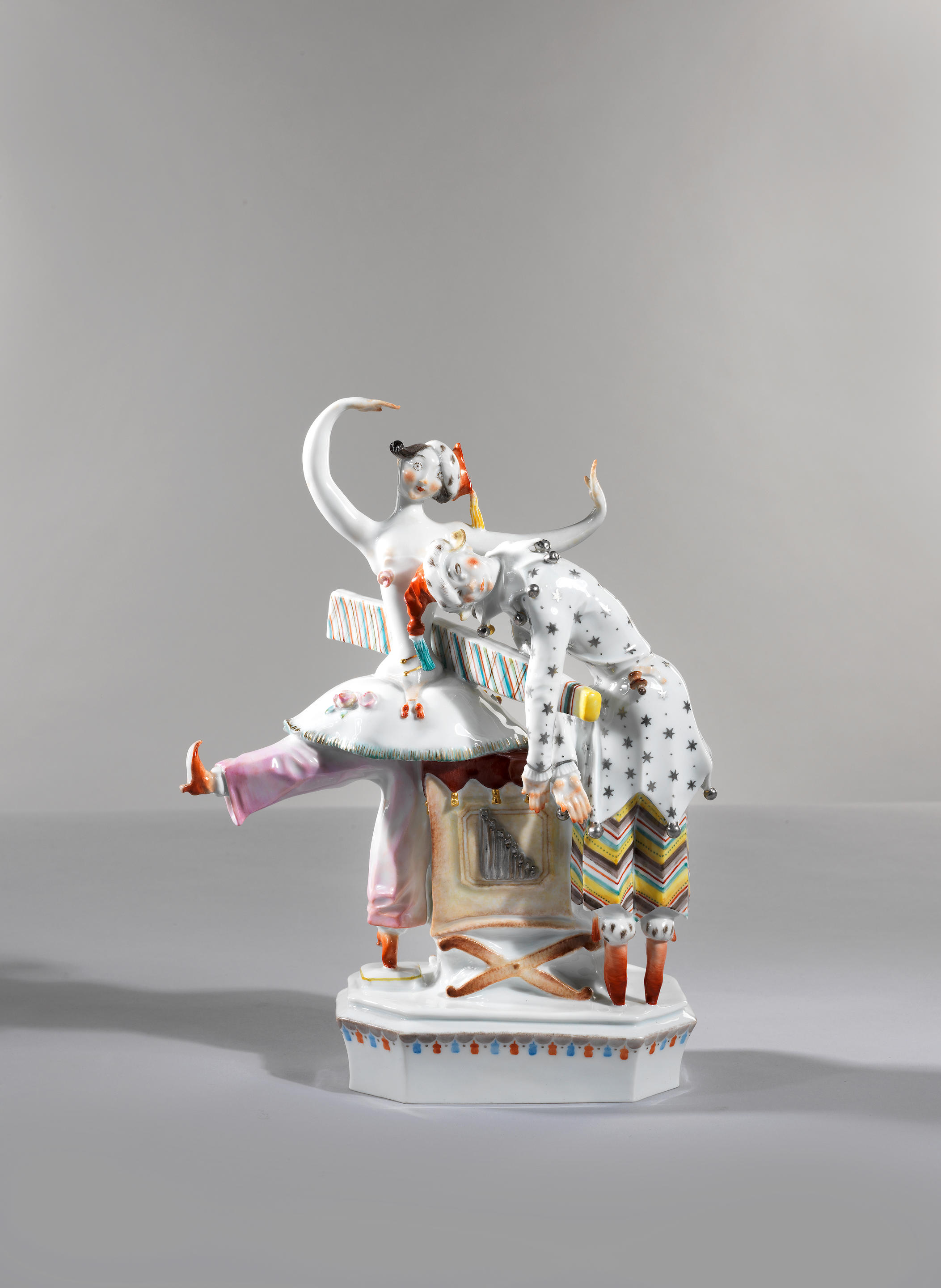
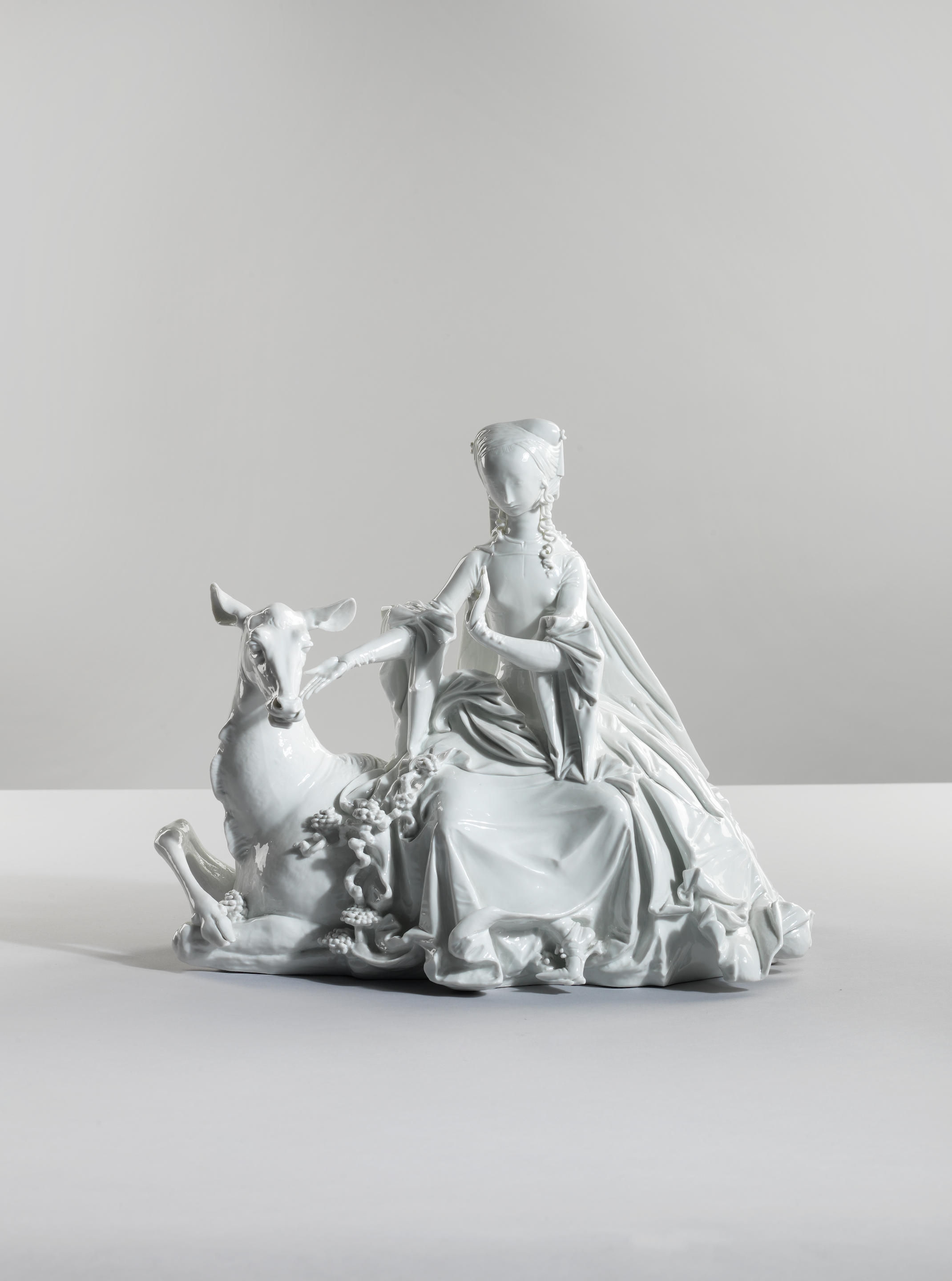
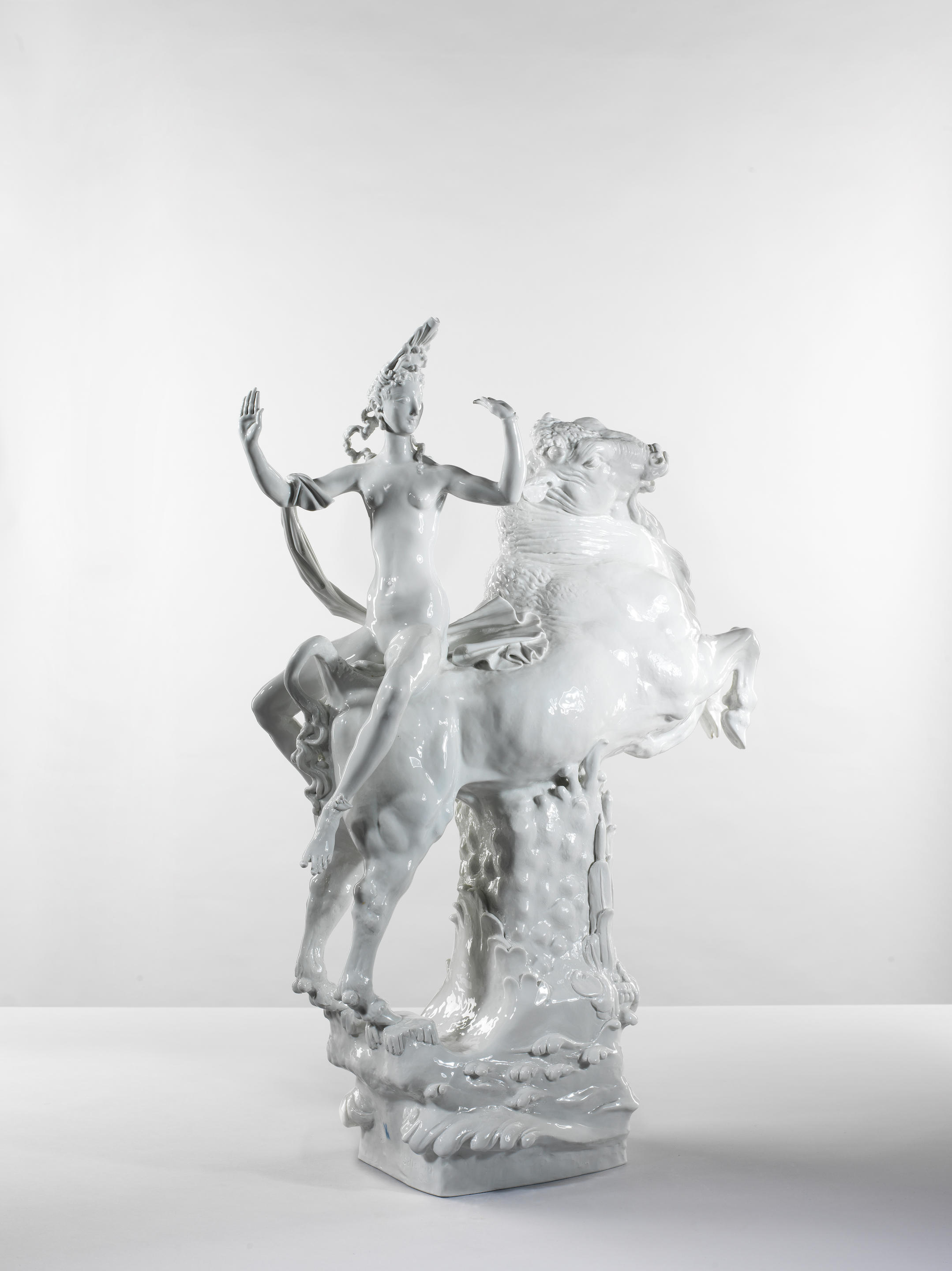
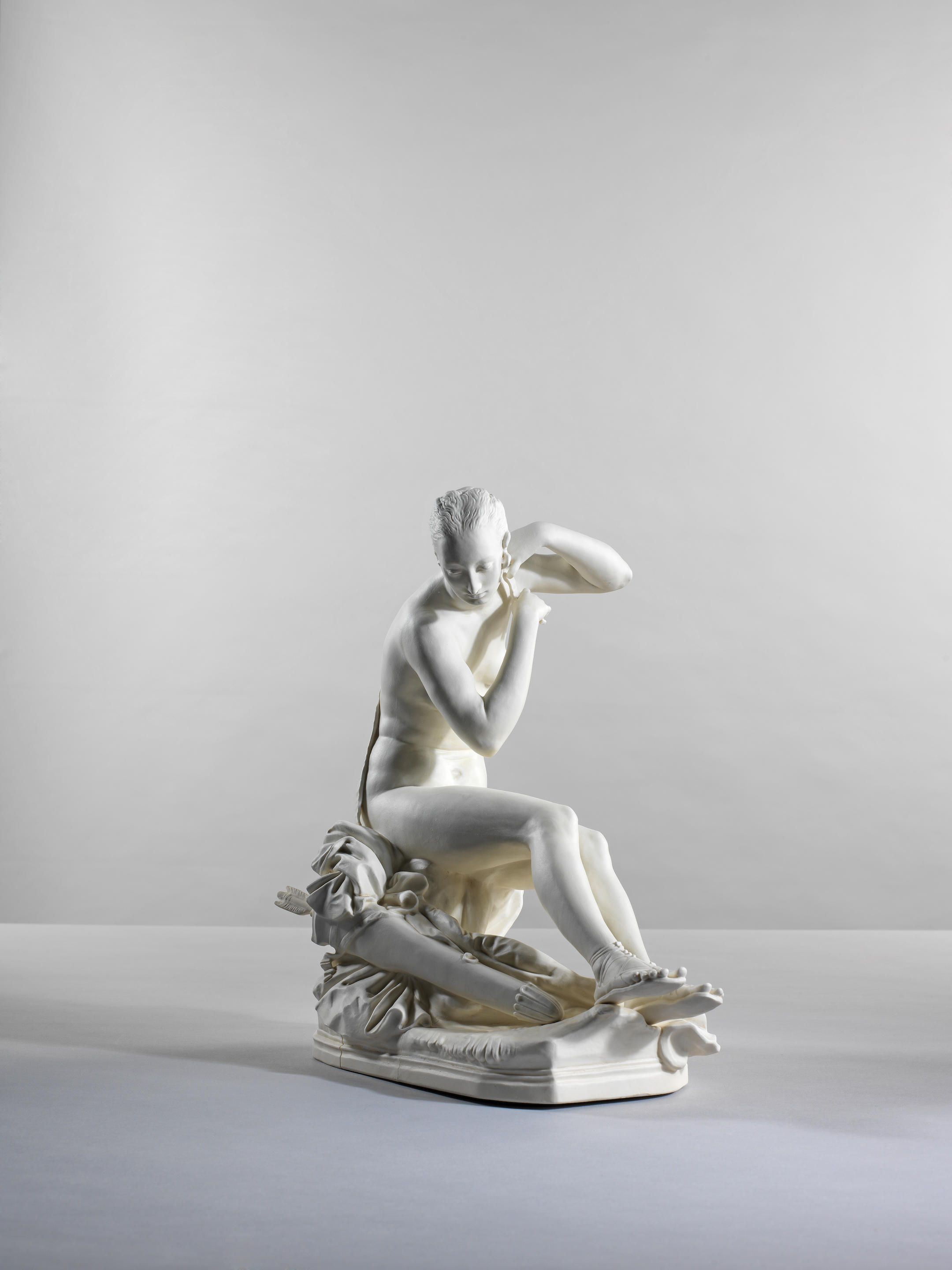
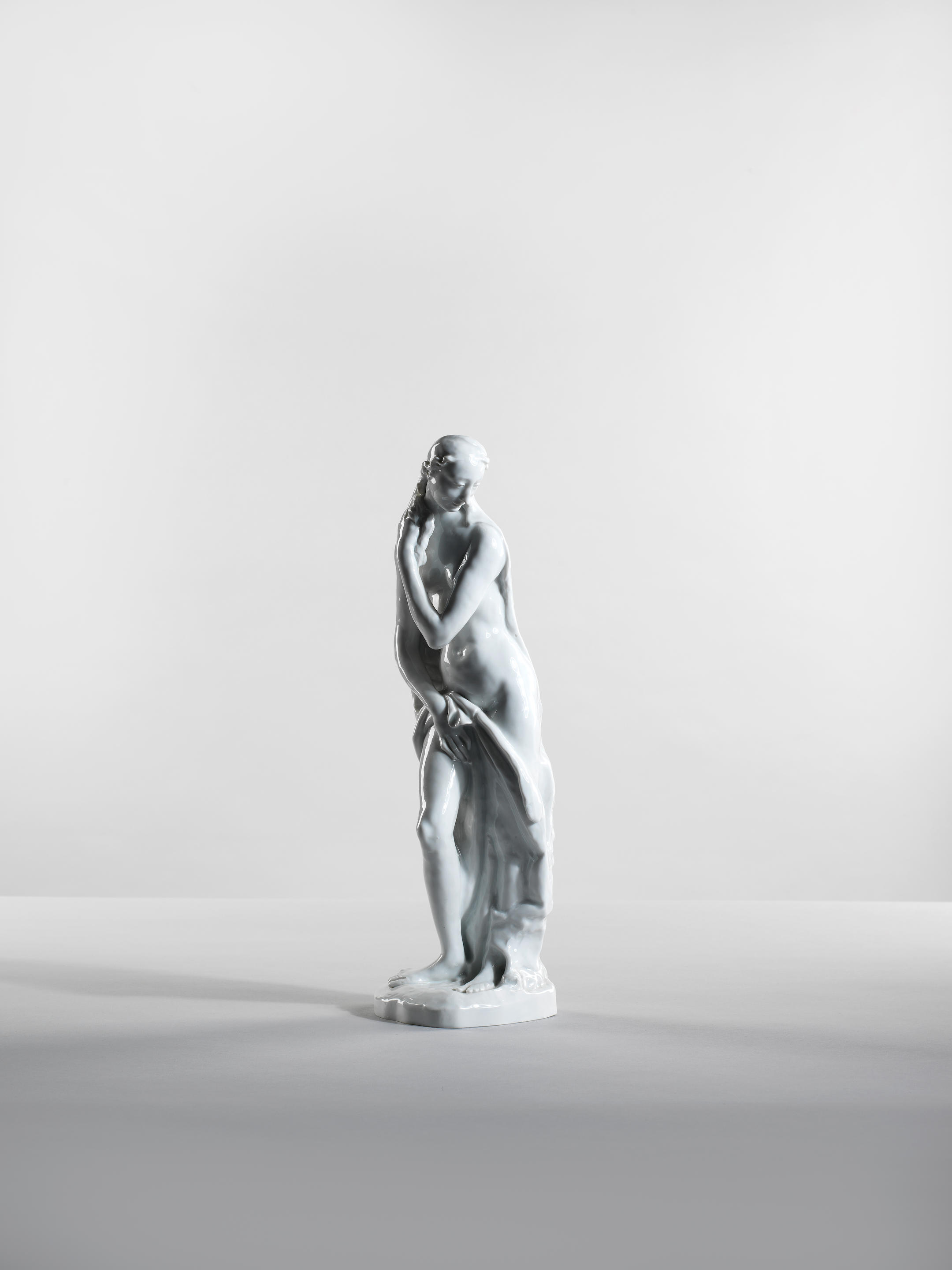
Testen Sie LotSearch und seine Premium-Features 7 Tage - ohne Kosten!
Lassen Sie sich automatisch über neue Objekte in kommenden Auktionen benachrichtigen.
Suchauftrag anlegen